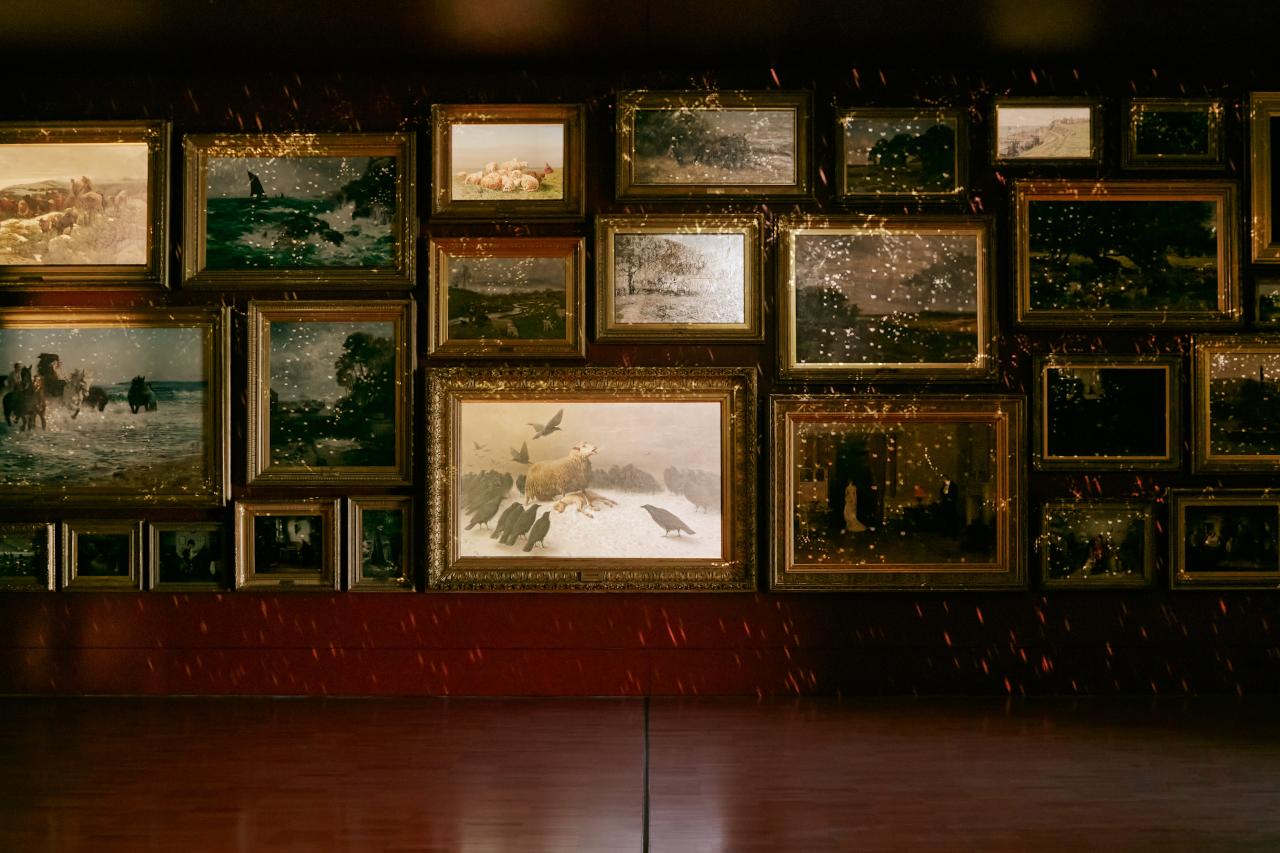So, you might describe it as old—which reminds me of something I’ve been thinking about a lot lately. There’s naturally a strong dichotomy between old and new; boring and interesting; dusty and shiny. Two sides of the same coin, right? But is ‘old’ dusty and boring, and is ‘new’ therefore interesting and shiny?
I don’t think so.
For me, the sweet spot sits where they meet. What is innovation, if not using old ideas to create new ones? Putting the two together is what makes MONA—current controversy notwithstanding—so interesting. It’s why Joost Bakker’s futurefoodsystem, a productive building and zero-waste ecosystem in the middle of the city (also described as an ‘idea stolen from nature’) is fascinating to us. It’s a much more traditional way of living plonked into a modern and urban context. It’s a combination of two things that might not normally go together creating their own weird magic.
This approach works in so many sectors—business, marketing, food, popular culture—but art is particularly good at it. So bear with me while I dive into some of the NGVs collection for a moment.
Let’s say that my enjoyment of traditional paintings puts me in with the pearl-clutching East Melbourne crowd. I’m okay with that: I really do love it. The vignettes of life in other times and the mise-en-scène hinting at what was important and ‘normal’ then fascinate me. I like the floor to ceiling expanse of heavy, gilded frames, the stories, and the fact that it’s actually fairly overwhelming but somehow that doesn’t turn it a bad experience. And honestly (how old am I?), I also like the fact I can sit down and just take it all in.
I love the whole gallery, but time fades away for me in that room. It’s slow where we’re used to instant, snappy and fleeting. It’s quiet, but we’re so used to everything being loud. How refreshing.



